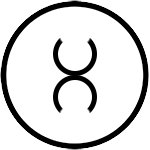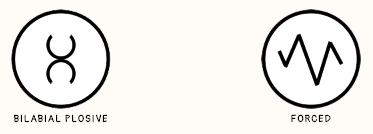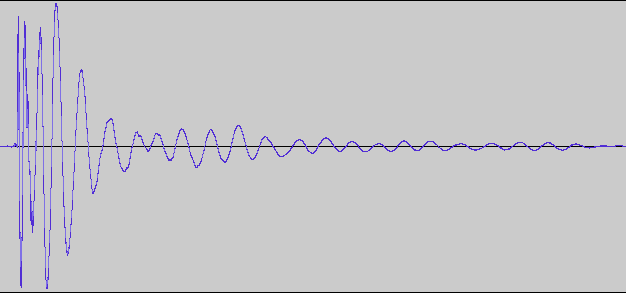TyTe explores what FORCING a sound means, why it matters, and how it makes a difference.
Something that beatboxers do naturally, without thinking about it, is forcing a sound. But what is forcing and how does it work?
Forcing a sound makes it louder and punchier. It works on plosive sounds like the English letters b, p, and k, as well as all the other non-language plosive sounds that beatboxers make.
Take, for example, this bilabial plosive.

It is made by stopping the air between the lips and suddenly releasing it. It is the basis of the English letter b and sounds like this:

Now… if we force the sound – shown by adding the Forced effector, it looks like this:

And sounds like this…

In fact, it becomes a much better sounding kick drum – one we call the the Classic Kick.
So what is happening exactly?
We force the bilabial plosive by building up the pressure and squeezing the air out over a very short period of time. When we do this it makes a vibration or mini-oscillation. That’s why the Forced Effector symbol is a zigaggy line.

You can see the difference between the two sounds by looking at their waveforms.
Here is the bilabial plosive (b sound)…

And here is the forced bilabial plosive…

Can you see the mini oscillation produced by forcing the sound?

The mini oscillation does two things… Firstly it creates a sub-frequency making the sound lower and bassier. It also makes the sound louder.
Nearly all plosives can be forced and forcing sounds is what makes beatboxing sounds unique and different to sounds typically used in speech and language.
Now you know how to force sounds, perhaps try it on other sounds you make?
BZZKTT Version 8.2 • © 2015-2020 Gavin ‘Beatbox’ Tyte (aka TyTe) • All Rights Reserved
BZZKTT is kindly hosted by Alex Tearse from Reefnet.
Special thanks to Alex Tearse, Paul Arnett, Michael Wyatt, Tyler Thompson, Helen Tyte, David ‘Goznet’ Gosnell, and Jerusalem Productions.